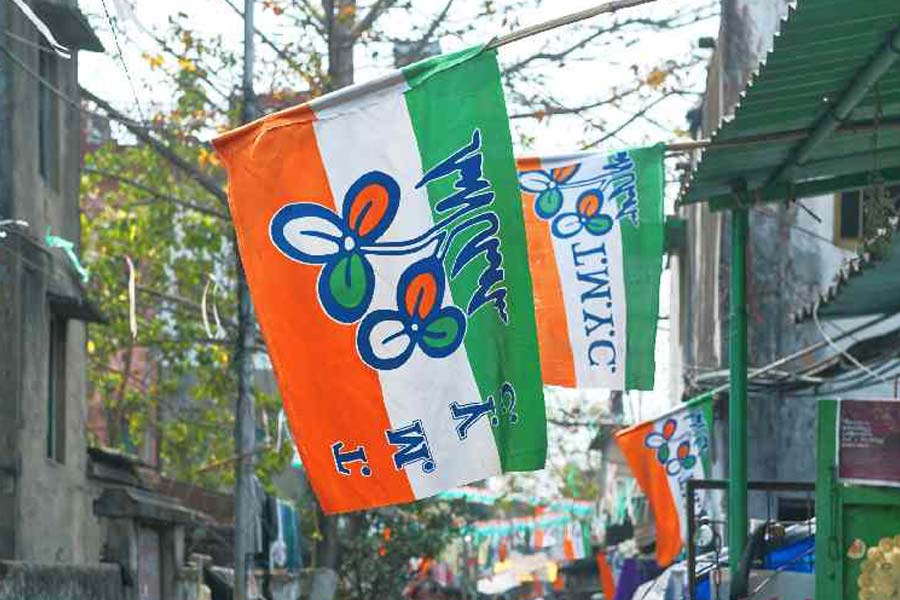Union finance minister Nirmala Sitharaman on Tuesday said the slowdown in the automobile sector was because of many factors like the change in the mindset of millennials who prefer taxi aggregators such as Ola and Uber instead of committing themselves to monthly instalments to own a car.
The minister said the sector had also been affected by factors including movement towards BS-VI norms and registration-related matters.
She said some studies had revealed that there was a change in the mindset of the millennials not to commit any EMIs (equated monthly instalments) towards buying an automobile and, instead, opting for Ola, Uber or Metro services.
“So, a whole lot of factors are influencing the automobile sector. We are all seized of the problem. We will try to solve it,” she said.
The Bharat Stage VI (or BS-VI) emission norms will come into force from April 1, 2020, across the country. The government had clarified that BS-IV vehicles purchased up to March 2020 would remain operational for the entire period of registration.
Sitharaman’s comments drew derision from the Congress, which asked: “So, the decline in bus and truck sales is also because millennials have stopped buying them as much as they used to?”
Our business bureau adds: The avowed objective of some ride-hailing services is to kill car ownership but so far little statistics have emerged in India to suggest that app cabs have succeeded in triggering a “car apocalypse”.
The founders of ride-sharing firm Lyft had said in March this year: “We believe that the world is at the beginning of a shift away from car ownership to Transportation as a Service, or TaaS.”
Within six months, if Sitharaman has already started to see a trend that the Indian automobile industry hasn’t, deeper trouble lies ahead.
This would spell trouble for not only carmakers but also banks that have been pushing car loans at a time other credit-seeking categories have battened down their hatches.
The app-car boom may have discouraged some car buyers but the biggest factor behind the slump is said to be the liquidity crunch and disruptions like demonetisation.










